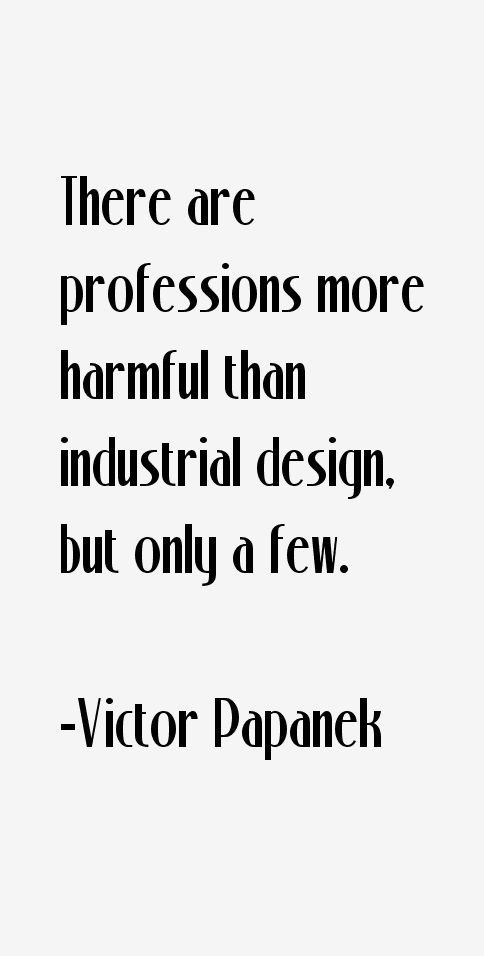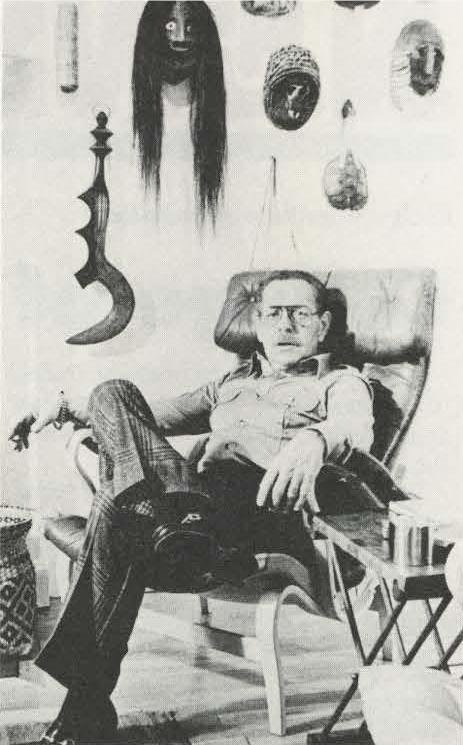Responsible design is not just a passing trend, but a moral duty, and Victor Papanek, through his book Design for the Real World, offers one of the most profound reflections on the social role of design.
In a world where objects surround us like a silent sea, and designers leave their mark on everything that meets the eye and hand of the modern human, there are rare voices that urge us to awaken. One of these voices is Victor Papanek, who, in his book Design for the Real World, did not merely write a manifesto for his profession, but a call to conscience—a bitter poem about human responsibility in the face of the world we have created.

First published in 1971, the book remains relevant today as a guiding beacon on the stormy sea of consumerism. Responsible design, the central concept of the work, is not merely a technical term, but a philosophy of life—an ongoing commitment to the planet and to the most vulnerable among us.
Design is not decoration, but destiny
Papanek shatters the illusion of design as merely a beautiful shell for objects. He tells us that design shapes lives, shapes societies, and shapes the future. Designers do not merely create forms—they shape behavior patterns, social relationships, and ecological impact. To continue producing merely to sell, without asking “who benefits?” and “at what cost to the planet?” is, in his view, a betrayal of humanity.
In his words, “There are professions more harmful than industrial design, but only a very few.”
This sharp statement is not a condemnation, but a challenge. Design has the potential to heal—not only to destroy. Responsible design means choosing the side of good.
A design for those forgotten by the world
Victor Papanek does not speak of luxury and comfort, but of real needs. In the pages of his book, he turns his attention to those whom commercial design ignores: people with disabilities, children in impoverished areas, marginalized communities. For them, an adapted chair or a simple device can mean the difference between suffering and autonomy.
In this sense, Design for the Real World becomes more than just a guide for designers; it becomes a call for compassion, a plea for social innovation and human sustainability.
Ecology Meets Aesthetics
Long before terms like “eco-friendly” or “zero waste” became global trends, Papanek spoke about respecting the planet’s resources. He advocated for ecological design—based on durable materials, energy efficiency, and long-term thinking.
Design cannot be beautiful if it destroys the nature around us. In Papanek’s view, aesthetics cannot be separated from ethics. Responsible design not only meets human needs, but also protects the fragile ecological balance.
Community Participation in the Creative Process
Another poetic dimension of the book is the idea that design should not be a solitary, elitist act. Papanek proposes a participatory process in which real users are co-creators of the solutions they need. This vision anticipates modern methods such as participatory design thinking and co-creation, which are now highly valued in socially impactful projects.
Responsible design, as he defines it, is a collective act—not a showcase of individual genius.
A Manifesto That Doesn’t Age
Looking at today’s world—with its climate, social, and economic crises, its disposable products and fleeting trends—Papanek’s message is more relevant than ever. While many design products are quickly forgotten, his ideas remain alive, urgent, and unsettling.
Today, when we speak of sustainable design, human-centered design, or appropriate technology, we are merely rediscovering paths that Papanek laid out decades ago.
Who Is This Book For?
This book is for designers—as a moral and professional guide; for students—as a lesson in humanity and responsibility; for social entrepreneurs—as a source of practical inspiration; and for anyone who believes that the world can be changed through responsible innovation.
Responsible Design: Victor Papanek’s Legacy in the 21st Century
In the end, Design for the Real World is not just a book about design—it is a book about choosing good over convenience, about how we can build a fairer world through the objects we create. It is a plea for responsible design, for care toward people and nature, for meaning instead of superficiality.
Victor Papanek doesn’t simply ask us to think differently—he asks us to live differently. Every product we create can be either a weapon of destruction or a tool for healing.

